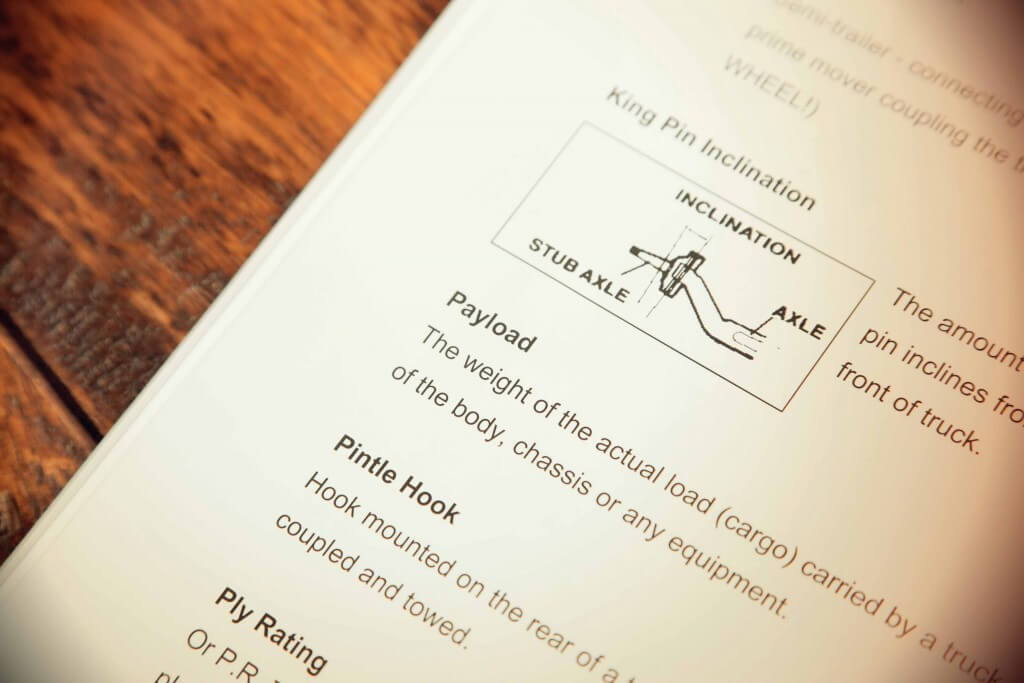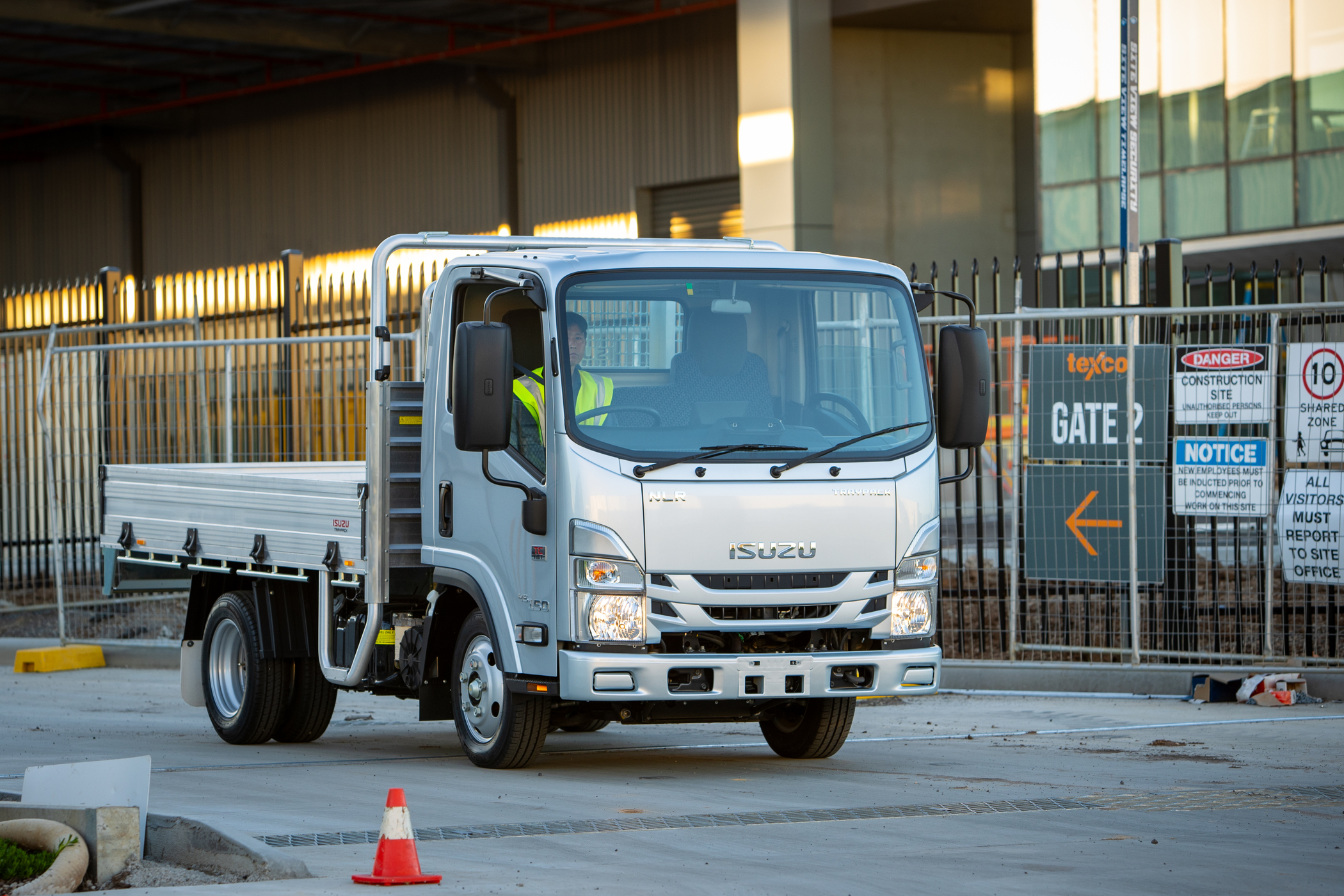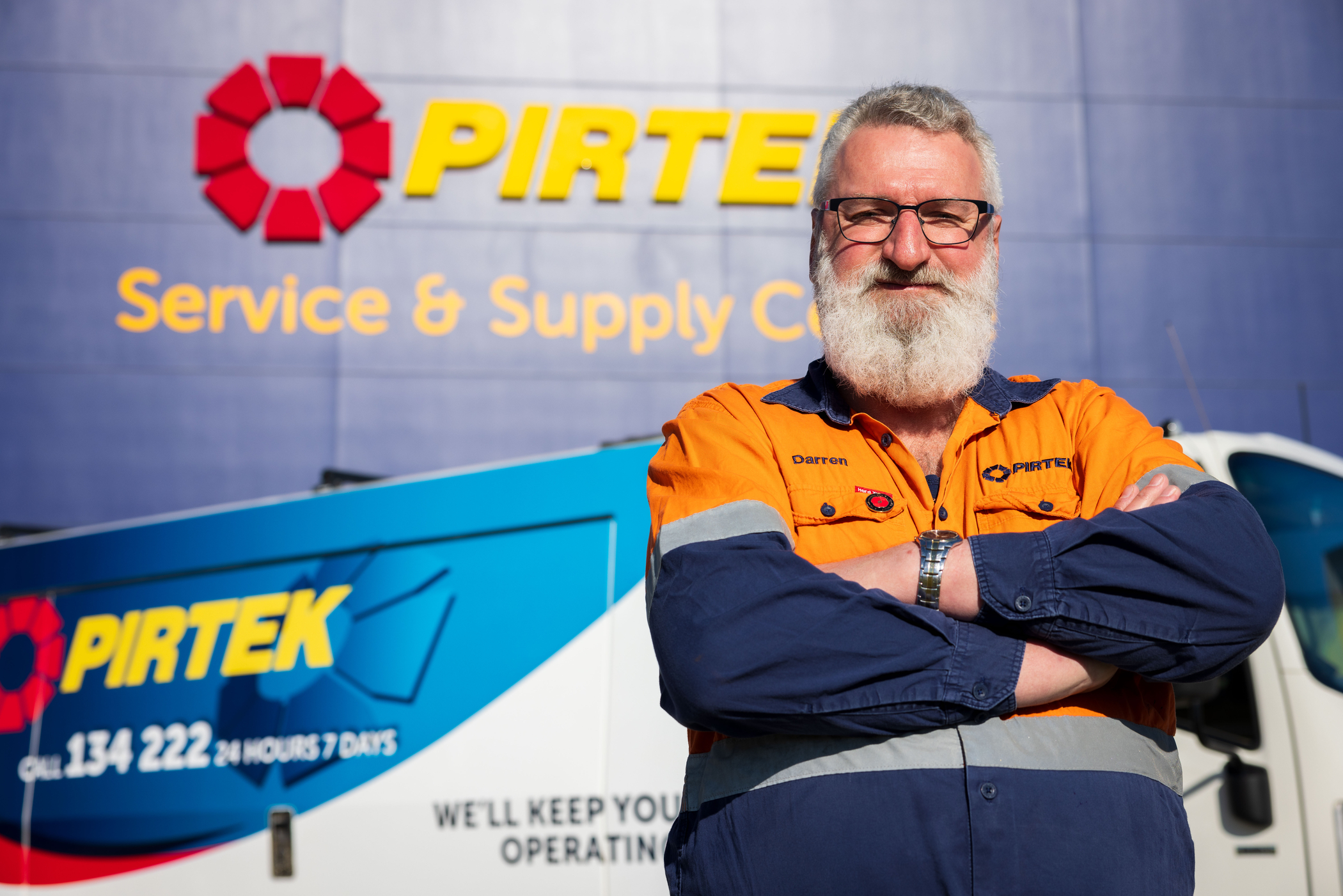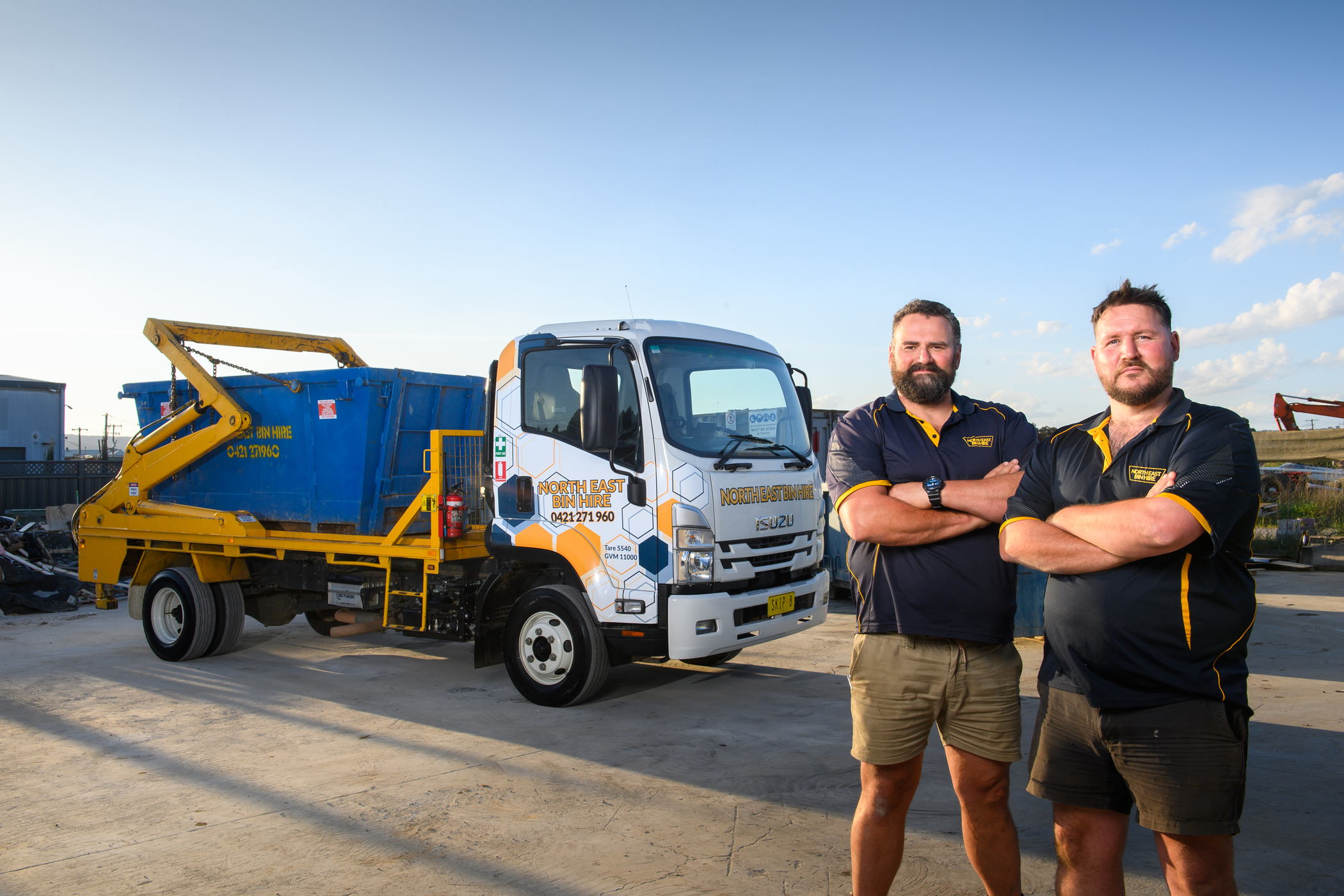PART 2: A BEGINNER’S GUIDE TO AUSTRALIAN TRUCK TERMS

 Truck terminology can be hard to get your head around, especially if you’re a first time buyer. And while knowing your payloads from your power-trains might not win you pub trivia, it’ll definitely be handy come purchase time to have the lingo down. Short on time but keen to ‘talk the torque’? Before you head to the dealership, take five minutes to check out our beginner’s guide to some common – but useful – truck terms you’ll need to know.
Truck terminology can be hard to get your head around, especially if you’re a first time buyer. And while knowing your payloads from your power-trains might not win you pub trivia, it’ll definitely be handy come purchase time to have the lingo down. Short on time but keen to ‘talk the torque’? Before you head to the dealership, take five minutes to check out our beginner’s guide to some common – but useful – truck terms you’ll need to know.
Tare weight
Tare weight is the combined weight of the truck chassis and its body – while carrying no additional load. It usually includes the spare wheel and tyre (if fitted) and only a nominal amount of fuel in the tank. In the case of Isuzu specification sheets, 10 Litres of fuel only are included in tare mass figures. You’ll need the tare weight to register your vehicle, and to work out your truck’s total payload capacity (see payload definition below).
Kerb weight
Kerb weight is not a term commonly used in trucking, because it is very similar to the tare weight, except that it usually includes a full tank of fuel and any other fluids to operate the truck (even the hydraulic oil tank if a crane or hydraulic equipment is on board). So imagine your truck sitting at the kerb, fuelled and ready to go pick up its first load. That's kerb weight - it includes the body, other equipment and all operational fluids (but not the driver or payload).
Payload
Payload is the actual maximum weight of the load (cargo) your truck can safely carry – it doesn’t include the weight of the body, chassis or any equipment. To work out the payload you’ll first need to know the ‘All up weight’ of your truck. All up weight is the tare weight plus any additional weight factors such as driver, passengers, tools and any extra fuel or equipment. Now all you need to do is take your ‘All up weight’ off the Gross Vehicle Mass (GVM) rating and you’ll have your total payload capacity! Beware also that the GVM rating of the truck might be more than the legal limit in your area. Want to find out more about GVM? Read Part 1: Six terms you should know before buying a new truck.
Powertrain
You’ll feel like the resident trucking guru when you’re dropping “powertrain” casually into conversations – it’s the group of components used to get the truck moving. It includes everything from the engine to the clutch, transmission (gear box), universal joints, drive shafts, differential assembly, axles and even the wheels. In some situations, it can refer to just the engine and transmission.
Power Take Off (PTO)
Power Take Off is an additional gear box usually found on the side of the transmission or transfer case. In some trucks, a PTO drive unit is attached directly to the rear of the engine. Not all trucks have PTO as it’s only used when you need to send engine power to auxiliary equipment such as water pumps, winches, cranes and concrete mixers. Most PTO units drive hydraulic pumps.
Torque
People love throwing the word torque around, so this is another good one to get down pat when you’re shopping around for that new set of wheels. Engine torque is the twisting effort of the crankshaft, which creates the force needed to move a truck from rest. Torque also comes into play to help pull a truck up steep hills and when towing heavy loads. In a truck, especially if you’ll regularly be towing a heavy trailer, then opting for higher torque (over higher peak power) at lower engine revs is probably the way to go. Torque is measured in Newton-metres and will usually be stated by your manufacturer as Nm at Revolutions per minute (Nm @ RPM). Keen to know more? Check out Part 1 of our beginner’s guide to Australian truck terms here.


Playtime’s over, get $3,500* to spend on extras.
If you’re ready to get serious about tackling bigger jobs, grab yourself an NLR 45-150 AMT SWB Traypack from the Ready-to-Work range for $62,990 drive away*. And to prove we aren’t playing, buy any NLR Traypack before June 30 and you’ll get $3,500* to spend on genuine accessories or an Essentials service agreement.
Learn more



